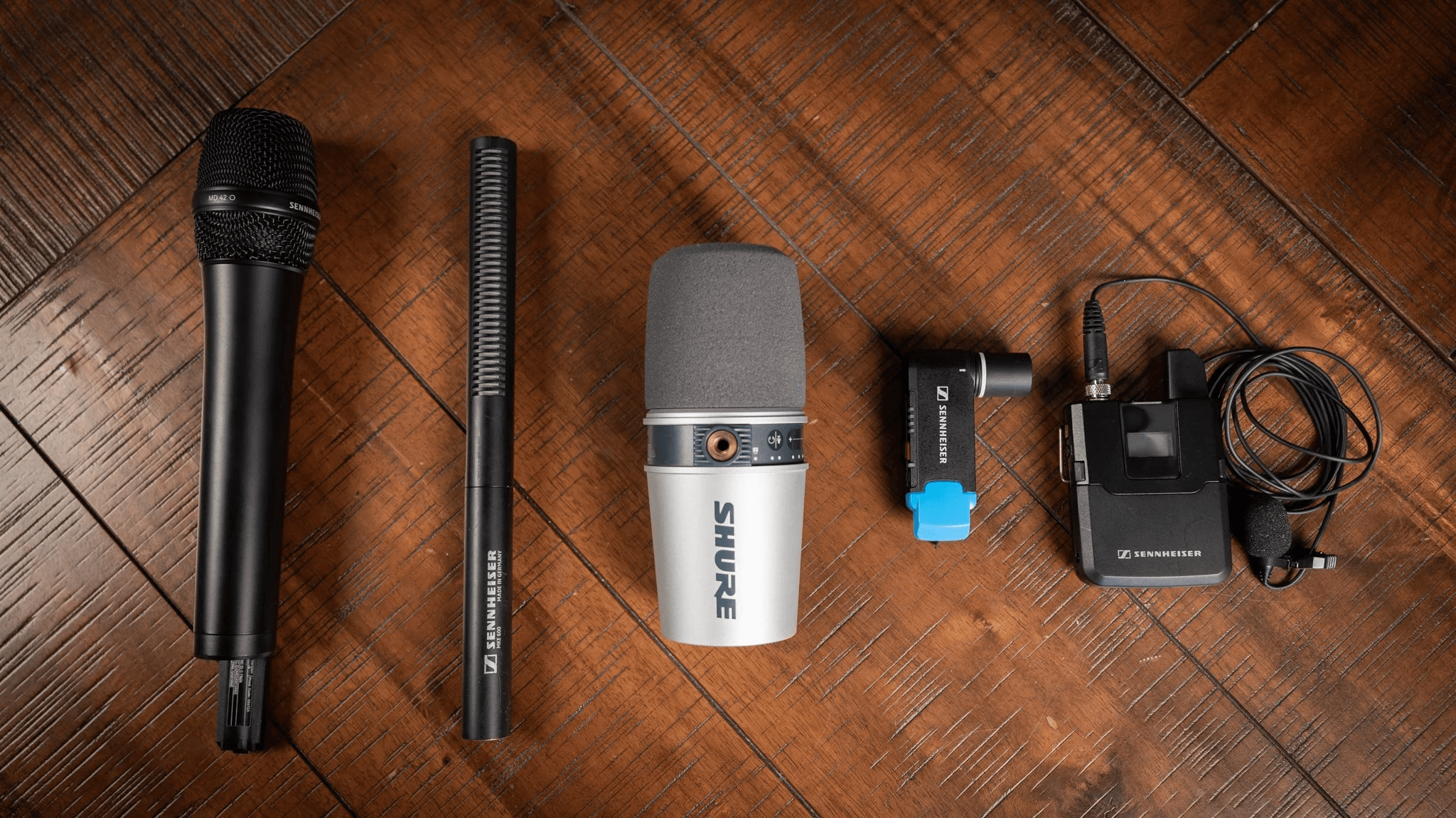How to Test and Configure Your USB Microphone
USB microphones are the best choice for high-quality audio on PC. Learn how to set up, test, and optimize your mic for professional recordings.

Pro Setup
A good USB mic is a fantastic upgrade for any setup.
Whether you're streaming, podcasting, or just want to sound professional on calls, a USB microphone is a massive upgrade from built-in laptop mics. However, simply plugging it in isn't enough—you need to configure it correctly to get that "broadcast quality" sound.
Why You Must Test Your Setup
Even the expensive mics can sound bad if these common issues aren't fixed.
Clipping & Distortion
Is your gain knob set too high? This makes your voice sound crackly and distorted, ruining the recording.
Background Noise
USB mics are sensitive. They often pick up keyboard clicks and room echo that needs to be minimized.
Connectivity
Sometimes the mic isn't detected at all. This is often a driver issue or a bad USB port connection.
How to Perform a USB Mic Test
Connect Your Mic Directly
Plug your USB microphone directly into your computer. Avoid using unpowered USB hubs, as they often can't provide enough consistent power.
Select Your Device
On the test page, look for the dropdown menu. Ensure your specific USB microphone model is selected, not the "Default" system device.
Check Levels & Gain
Speak normally and watch the waveform. Use the physical gain knob on your mic to adjust the volume so it peaks around 75%. If it hits the top (red zone), turn it down.
Pro Tips for Better Quality
Gain is NOT Volume
Gain controls sensitivity. If you turn it up too high, you'll pick up room noise. Keep it lower and move the mic closer to your mouth instead.
Get a Pop Filter
That cheap foam cover or mesh screen is essential. It stops the harsh "P" and "B" sounds (plosives) that can ruin an otherwise perfect recording.